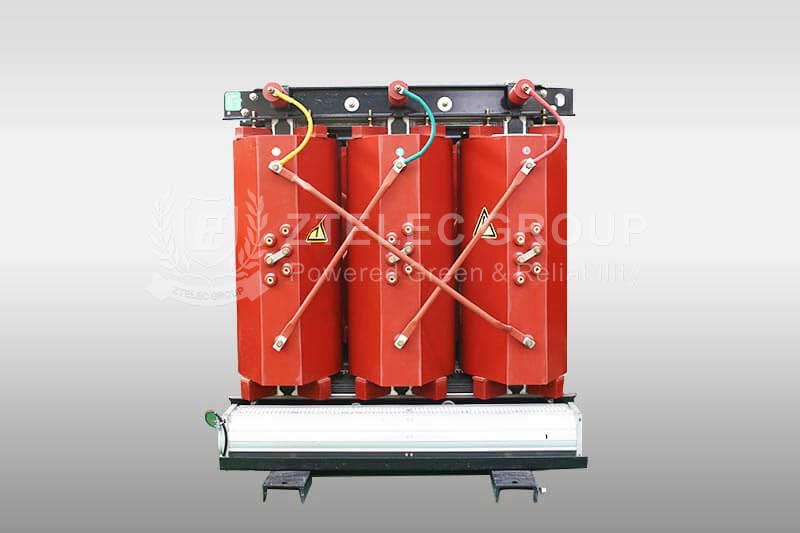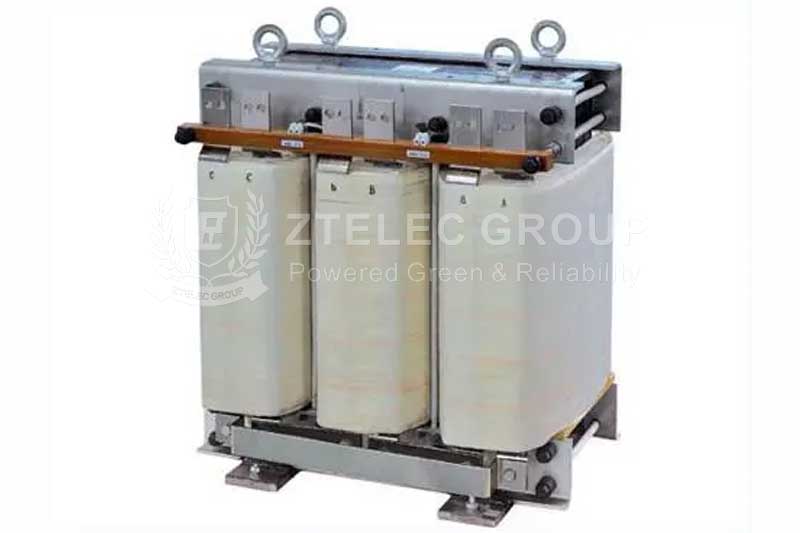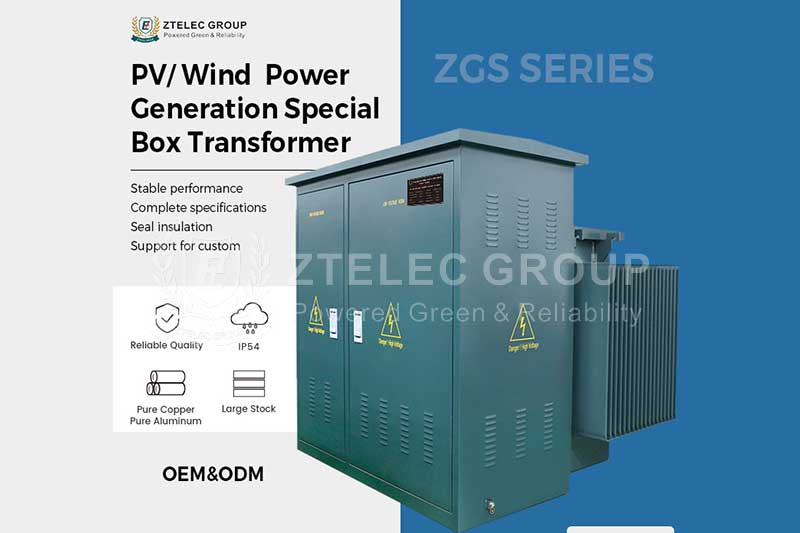What is the difference between an isolation transformer and a regular transformer?
Time:2024-10-18 Auther:ZTelec-www.ztelectransformer.com
What is isolation transformer?
An isolation transformer is a stationary device designed to separate primary and secondary windings, ensuring physical and electrical isolation between circuits. It transfers electrical energy through magnetic induction, using a magnetic field to induce an electromotive force (EMF) in a secondary circuit while maintaining the original frequency.
In transmission and distribution systems, isolation transformers are employed to adjust voltage levels by stepping up or down, ensuring that voltage and current capacities match between the coils. A crucial role of these transformers is to mitigate voltage spikes in supply lines, which could otherwise disrupt service or damage equipment if they reach the load.
When placed between power supply lines, an isolation transformer helps diminish voltage spikes before they impact the load. Additionally, it prevents grounding issues on the secondary side, thereby reducing ground loop interference and minimizing noise effects in the load equipment.

An isolation transformer ensures electrical isolation between its primary and secondary coil circuits. This design allows for the safe transfer of electrical power from an alternating current (AC) source to equipment or devices while keeping the equipment electrically separate from the power source. This isolation is primarily used for safety purposes or to reduce electrical transients and harmonics. Typically, in step-up transformers, the secondary coil has more turns than the primary coil, whereas, in step-down transformers, the primary coil has more turns than the secondary coil.
Isolation transformers adjust voltage output by altering the voltage input according to the required voltage, current, and turns ratio. In single-phase AC systems, voltage fluctuations occur simultaneously, making it less suitable for powering large motors and industrial machinery. In contrast, three-phase power uses three distinct signals, each with a separate peak time, which helps to eliminate the oscillations present in single-phase systems. This results in smoother operation, reduced vibration, and simplified equipment design, making three-phase electricity more effective for powering large motors and heavy industrial equipment.
What is the difference between isolation transformer and ordinary transformer?
The difference between isolation transformers and ordinary transformers is the difference in working principle and safety performance.
First, the isolation transformer works by achieving electrical isolation through two coils that are insulated from each other. The input coil is called the main coil, and the output coil is called the secondary coil. The two coils work independently and are not direct electrical connection. In contrast, the input and output of an ordinary transformer are directly connected through an iron core, so there is no electrical isolation.

Second, the isolation transformer has higher safety performance. Because the circuit is isolated, there is no direct current transmission between the input and output terminals, so it can effectively prevent electric shock accidents. The ordinary transformer has no isolation between the input and output terminals and there is a risk of voltage leakage, especially when used in wet environments or places where the ground is charged.
Third, the isolation transformer also has the advantage of power stability. Due to the complete isolation between the input and output terminals, the isolation transformer can effectively isolate the electromagnetic interference and voltage fluctuations in the input power supply to ensure the voltage stability of the output terminal. This makes isolation transformers more suitable for use when precise control of the power supply is required or in environments with high voltage fluctuations.




